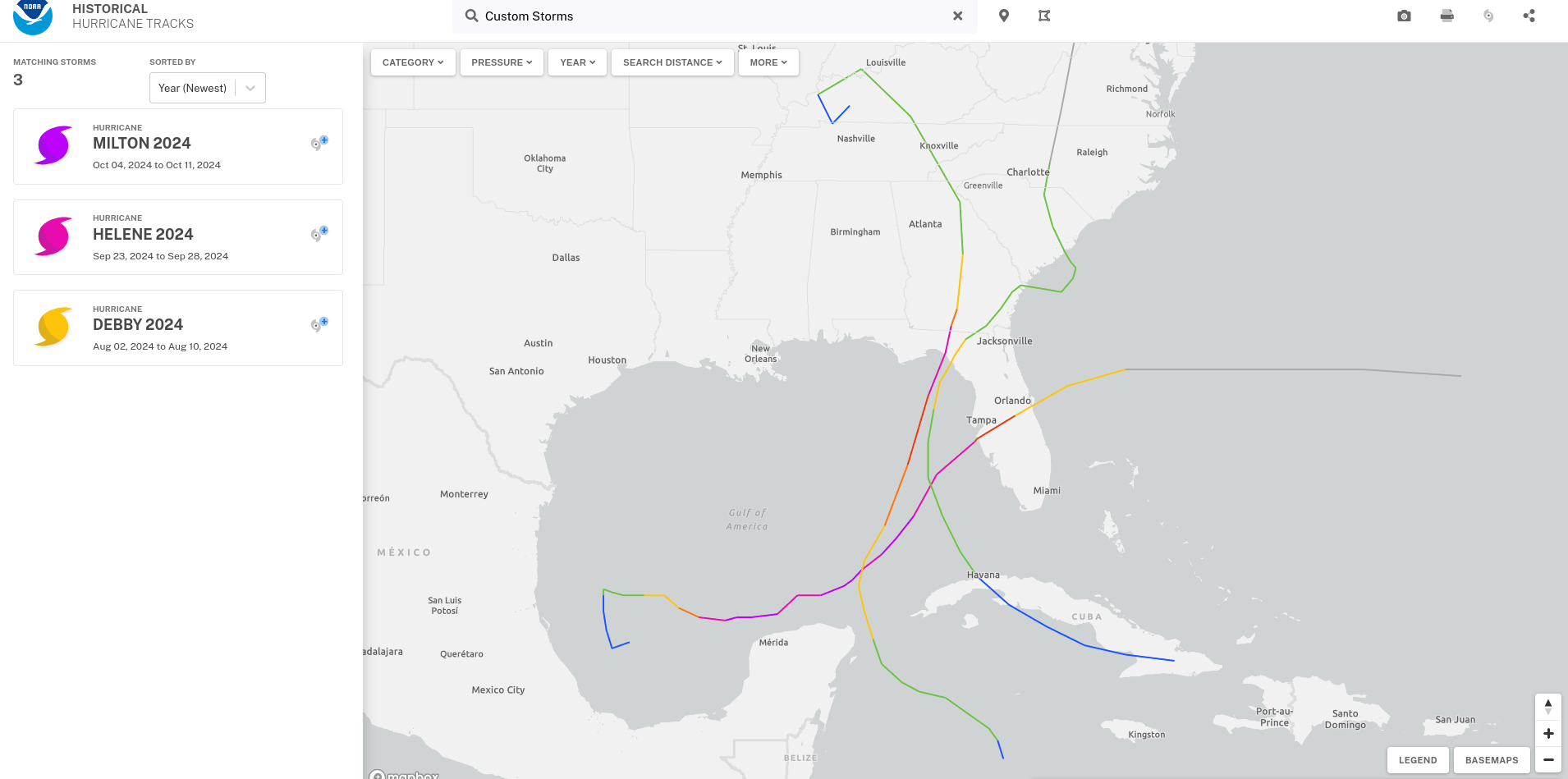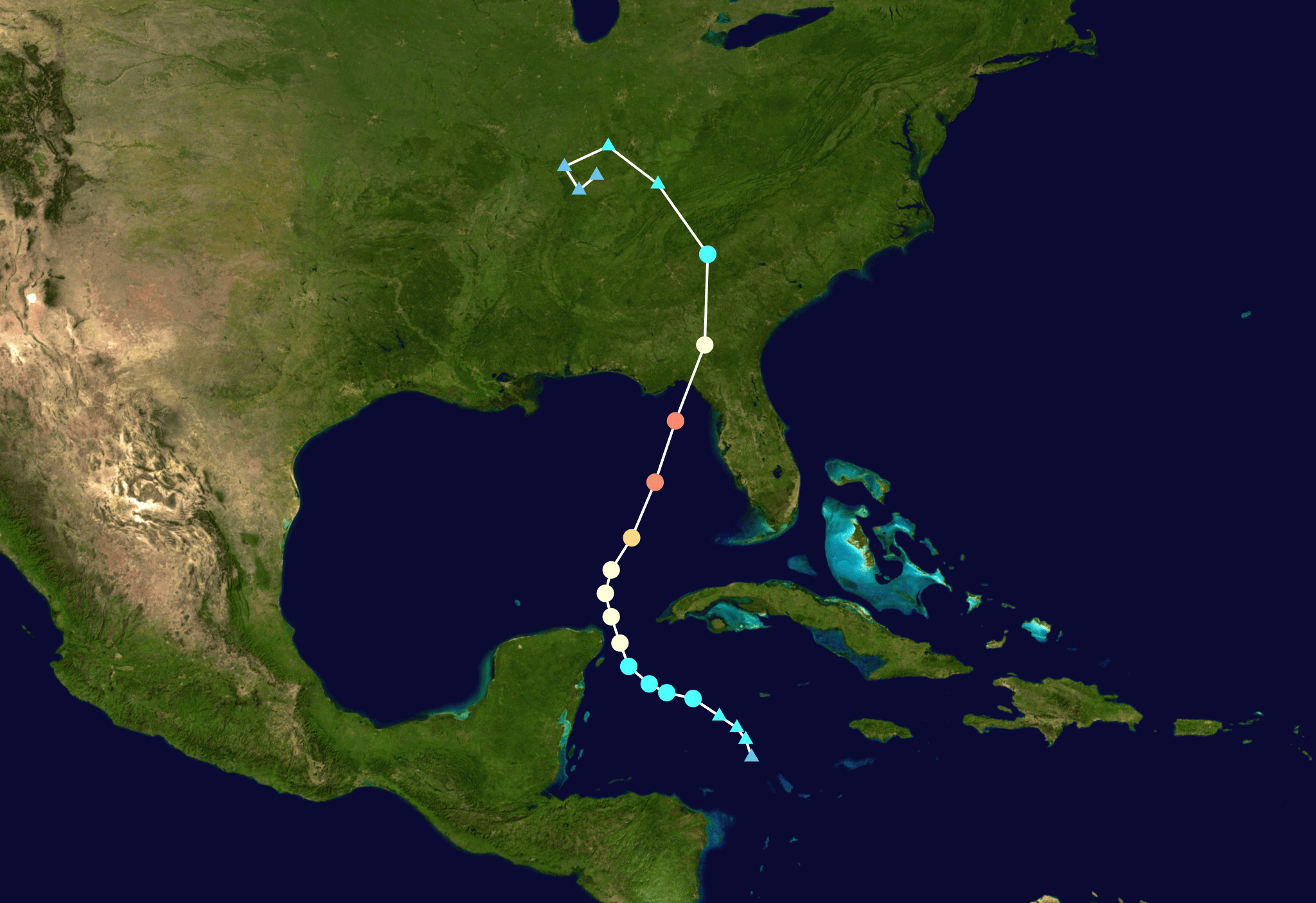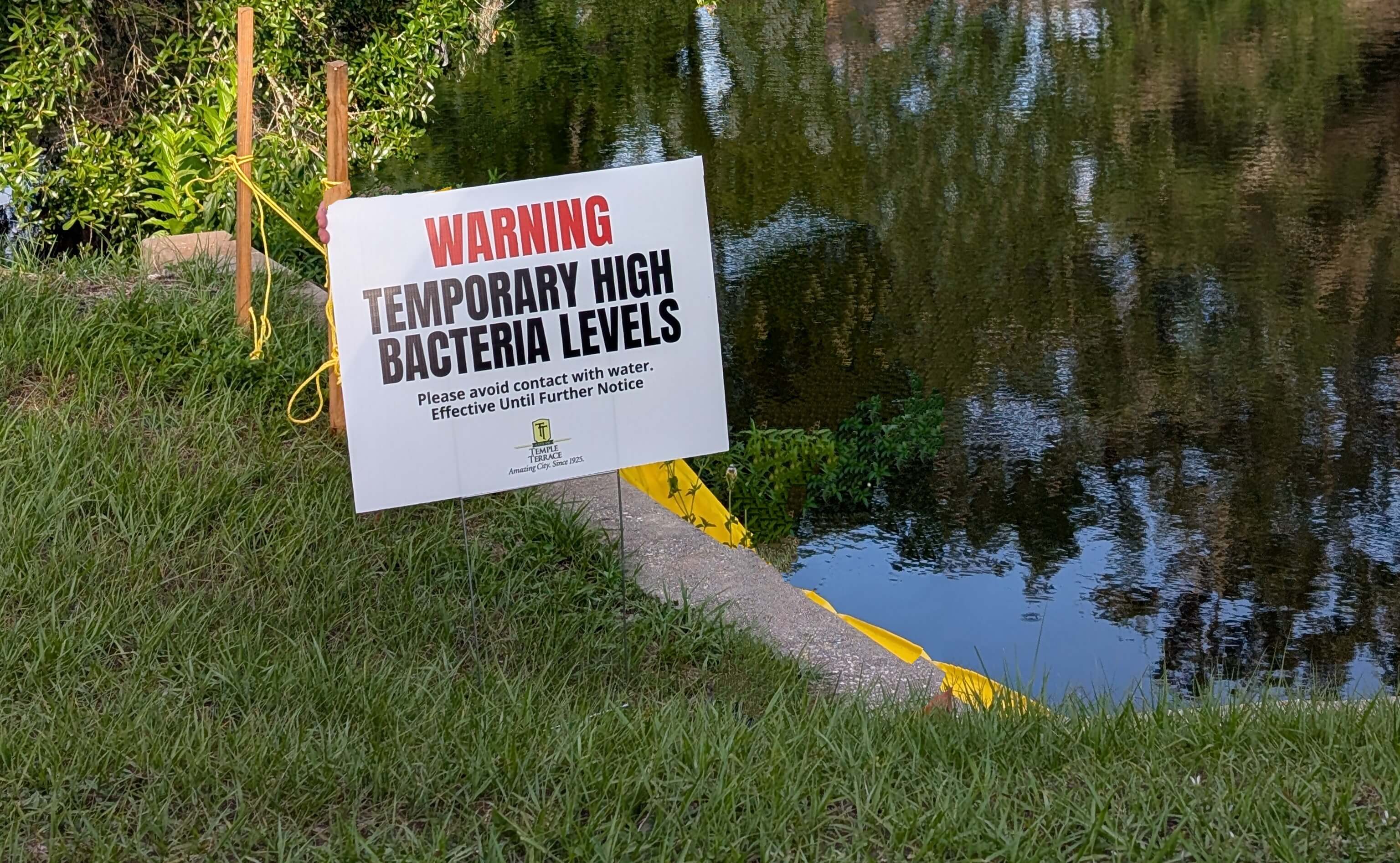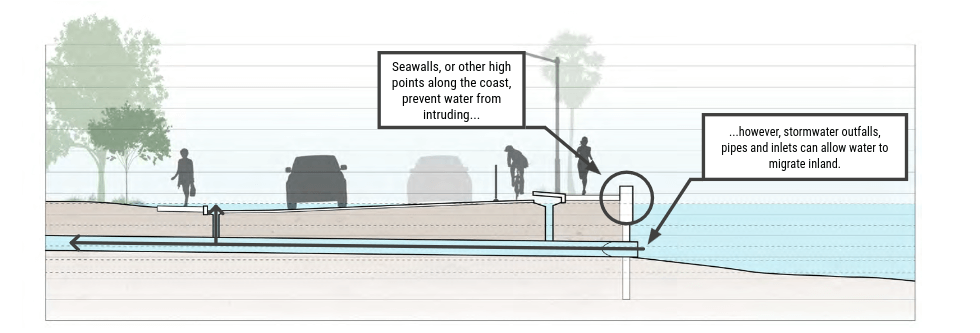Hurricane Season is here

As summer and June arrived that marked the 2025 hurricane season (June 1st - November 30th) had begun. As we look back at 2024 we had a rough year with mother nature.
- We had Hurricane Debby (CAT1) that started us off in August with extreme flooding.
- We had random flooding in September not connected to any storm that totaled a solid amount of cars.
- We had Hurricane Helene (CAT4) which ended up flooding the parent's house as well as hundreds of other coastal homes and doing some insane damage to the Carolina's.
- We had Hurricane Milton (CAT5) two weeks after Helene which became the 4th most intense hurricane in the Atlantic of all time - which flooded more of the basin neighborhoods.


If you check the Wikipedia pages of two of these hurricanes they had 34.3~ billion (Milton) and 13.9~ billion (Helene) in damage isolated to Florida. From visiting coastal areas almost a year later we are far from recovered. Collectively we learned as a city there is a big difference between homeowners insurance and flood insurance. Sadly a good chunk of people learned that their flooded home was not covered.
You can drive through an area and see homes abandoned / boarded up and probably in a legal war of deciding what to do. A good deal of insurance companies had decided to leave Florida in 2024 because who would insure a property knowing it is simply a ticking clock until a total loss? Thankfully a few of the larger insurance companies had to honor anything in 2024 until policies expired - they were simply not renewing any policies.
We are on day 8 of the new hurricane season and things are calm except for the large amount of construction still being done on roads. Best I can tell with no industrial background is all the drainage ditches were re-dug with culverts cleaned up. They followed that up with reworking underground pipes to handle moving water a bit easier. Finally ending with repaving the roads from all the damage done from the prior efforts.

They've made a few mistakes along the way as I occasionally get an alert and signs are plastered around the neighborhood like a boil notice or high bacteria. I started thinking that I work in technology and we frequently do "vulnerability assessments" on request of a company. I wonder if those existed for a city, but for disasters.
Sure enough one Google search later I found the City of Tampa Vulnerability Assessment Report 2025.
This was a goldmine of a document with 200 pages of information on predictions on how Tampa could fail when it comes to water. The report broke things down into 3 categories (sea-level rising, extreme rainfall and storm surge) to categorize those threats and predict their impact.
It starts by saying that Tampa has lost a large amount of historic wetlands due to commercial development. It draws a conclusion that open spaces or land was naturally part of drainage systems and now water has to be diverted elsewhere during surges or rainfall.

It moves on to estimate (from a few different sources) that by 2070 Tampa can expect the baseline sea level to rise between 0.98 feet and 2.76 feet. With that base level rise they estimate a few neighborhoods will have a challenge with their current storm-water infrastructure. We learned pretty quickly after the last storms that basin neighborhoods are in a realm of damage when paired with faulty diesel backup generators and/or submerging of the pumps.
The paper goes on to list the highest consequence failures of things like major roadways, water storage and clear-well storage. Basically if transportation is wiped out alongside our solid waste plants and drinking water - a civilization can quickly collapse. It uses that logic to devise logic on the most important measures to take for prevention.
It moves on to discussing pumping stations and how the GPM (gallons per minute) play a part when 100-year rainfall or storm surge occurs. Basically the smaller pumping stations that sit at sub 1,000 gallons per minute can't keep up with large pumping stations that may be able to move upwards of 50k gallons a minute. This of course assumes the pumping station is actually pumping with power and clear of sediment.
I can't re-upload the 200+ photos in the document, so I urge anyone interested in Tampa's vulnerability to skim the paper. We are hoping from such a rough 2024 that we go through the 2025 season without any named storms.
